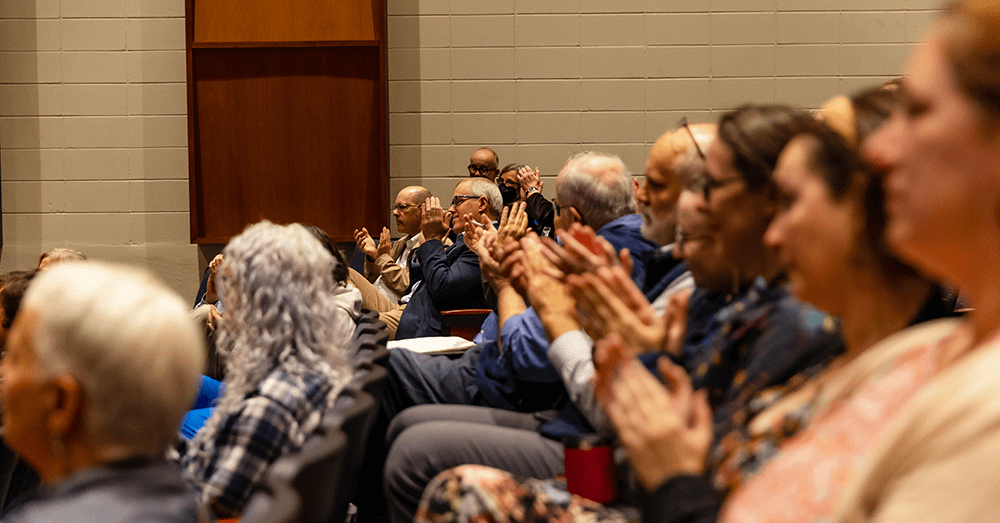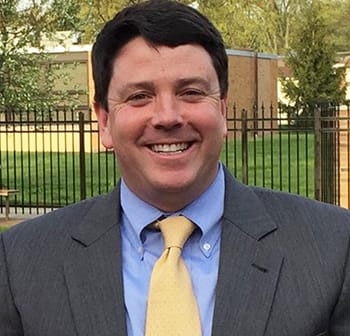Major NIH grant to fund Kirshenbaum’s E-cigarette study
“E-cigarettes initially were developed as a cessation tool for tobacco dependence, but now it appears they are also a tool for introducing young adults to other tobacco products,” says Ari Kirshenbaum of the Saint Michael’s College Psychology Department faculty, who has received a $365,865 grant from the National Institutes of Health to support his research on the abuse potential of E-cigarettes in young adults.
“The idea is that we don’t know how much abuse is going to be inspired by these products, so the key thing may be to find out if the E-cigarettes are dependence-producing on their own,” he said, explaining how his work focuses on the psychological consequences of nicotine delivered via electronic cigarettes (E-cigarettes; vaping) such as effects on attention, cognition and emotion.
This is the first NIH grant received by the Psychology Department and Neuroscience Program at Saint Michael’s and will support three years of research in Kirshenbaum’s long-established psychopharmacology laboratory. Some of the funding will go to pay student researcher assistants and possibly take them to professional academic conferences in the areas of psychology, pharmacology, and substance abuse.
The research proposed in the grant will involve exposing young adults to small amounts of nicotine via E-cigarettes. In doing so, it will help to reveal the abuse potential of these devices, and also help to further the scientific understanding of what makes nicotine a dependence-producing drug. Naturally, there are ethical considerations in exposing young adults to nicotine, and for this reason, Kirshenbaum and his research team will recruit research participants who have already experimented with, but are not dependent upon, tobacco products.
Kirshenbaum said young adults are especially vulnerable to E-cigarette abuse because they are commonly seen as healthier, riskless alternatives to other tobacco products, and marketing campaigns by E-cigarette manufacturers specifically target young adults. He says that a disturbing trend shows that young people are being “introduced to nicotine by E-cigarettes and then they graduate to other tobacco products — and that is not a good situation.” Given the astronomical health and economic burden posed by tobacco ($193 billion annually in the US, estimated by the Centers for Disease Control) there is “good reason to be cautiously critical of novel tobacco products, such as E-cigarettes,” he said.
“We’re evaluating what are the immediate effects of the drug in the brain from a psychologist’s perspective –does it affect attention, information processing, emotional outlook like depression, anxiety?” he said. “E-cigarettes specifically give us an opportunity to see the effects of nicotine by itself, apart from the variety of other chemical agents that are a part of smoke-based products.”
Kirshenbaum, who has studied heroin addicts too, said he has been involved in nicotine studies since shortly after his hire at Saint Michael’s in 2005. “I’ve been trying to figure out why nicotine is so dependence-producing — because it’s easy to understand why heroin, for example, is dependence-producing, but for nicotine it’s a little less clear since it doesn’t produce the same degree of high produced by heroin.”
The researcher said he started with a series of nicotine studies with rats more than a decade ago. “This most recent grant with humans is based on data we were getting with rats,” showing that some negative behavioral effects appear rapidly after the initial exposure to nicotine. The key to evaluating the effects of nicotine in humans is to use a constellation of psychological tests that are acutely sensitive to drug effects, he said, so “much of the grant money will go toward research and development since we are going to develop the computerized tests we use with humans to study the effects of nicotine. The study subjects will be between 18 and 22 because this is the population being targeted by E-cigarette companies.”
“Our basic hypothesis is that nicotine results in a myriad of behavioral and psychological effects that contributes to its dependence — but as of now those effects are rather unclear,” he said, specifically in relation to E-cigarette vaping technology.
E-cigarettes have been around for a while, he said — at least since the late 1990s in tests as a smoking-cessation tool — and early over-the-counter brands started to appear around 2010, he estimated. “One public policy question,” he said, “is, are people using E-cigarettes able to get more nicotine from them than they can from standard tobacco products?”
He said some tobacco regulatory science funded by NIH and the FDA shows that if nicotine content is reduced in regular tobacco cigarettes, it encourages less use, indicating that nicotine concentration in tobacco is driving use, “so we can safely assume perhaps that this true for E-cigarettes as well. He said he has heard anecdotally that E-cigarettes are the first cessation tool that truly gave smokers a certain degree of satisfaction that nicotine gum or a patch don’t, sharing that he and a co-author in an article once likened those other methods to “replacing a tiramisu dependence with a cup of sugar” – that is, the main ingredient is the same, but the experience of satisfaction is fundamentally different. He says that vaping provides an experience that is more similar to smoking tobacco, and for that reason, E-cigarettes may be a more effective cessation tool for smokers than nicotine gum or the patch.
“It’s a fine line, because you want to be able to use E-cigarettes as a cessation tool, but need to be careful about how we market it and how it’s available so it doesn’t become an introduction to the tobacco world,” he said. “Today you can go to tobacco store on Church Street and buy E-cigs — but if it’s really a cessation tool, why not have it be available just at pharmacy with a prescription? So that might be a way to go.”
Kirshenbaum said his research directly enhances his classroom teaching, too. “I teach a class called Drugs and Behavior where we talk a lot about how nicotine affects neurobiology, and also about drug dependence and policy issues regarding drugs of abuse,” he said. “And I teach Animal Learning and Behavior, and a class in Research Methods, where some of tools and techniques from the grant research are relevant.” In his Research Methods course, he spends time discussing research ethics and science policy, and he expects that the grant work will help students to see the immediate application of the coursework material to the practice of science.
For many years Kirshenbaum’s research was funded by the Vermont Genetics Network (VGN), which he said is designed to ideally launch scientists toward the more competitive grants such as this latest one from NIH. Kirshenbaum’s recent grant is awarded through the National Institute on Drug Abuse within NIH, which funds less than 11 percent of applications like this one, stated Kirshenbaum’s program officer at NIH. Angela Irvine, the College’s director for sponsored programs and foundation relations, says that the grant falls under NIH’s so called “AREA” program, which is an acronym for “Academic Research Enhancement Award.”
The AREA Program was formed in 1985 to fulfill a unique Congressional mandate: to support meritorious research, expose undergraduate and graduate students to hands-on research in eligible environments, and strengthen the research environment of schools that have not been major recipients of NIH support. They are renewable. Applicants must show evidence a project “can stimulate the interests of students to consider a career in biomedical/behavioral science and availability of well-qualified students and evidence students have or are likely to pursue biomedical careers.” In recent years, however, NIH has broadened the scope of the AREA program to include medical research institutions as well as undergraduate schools, so the grant mechanism has become more competitive as a result.
Kirshenbaum said that as the first NIH grant for the Saint Michael’s Psychology Department that he is aware of (and also for the newer Neuroscience Program, for which he also is part of the faculty), in a way this represents a milestone — and with the excellent faculty we have here now, I think we can expect to see more.”





